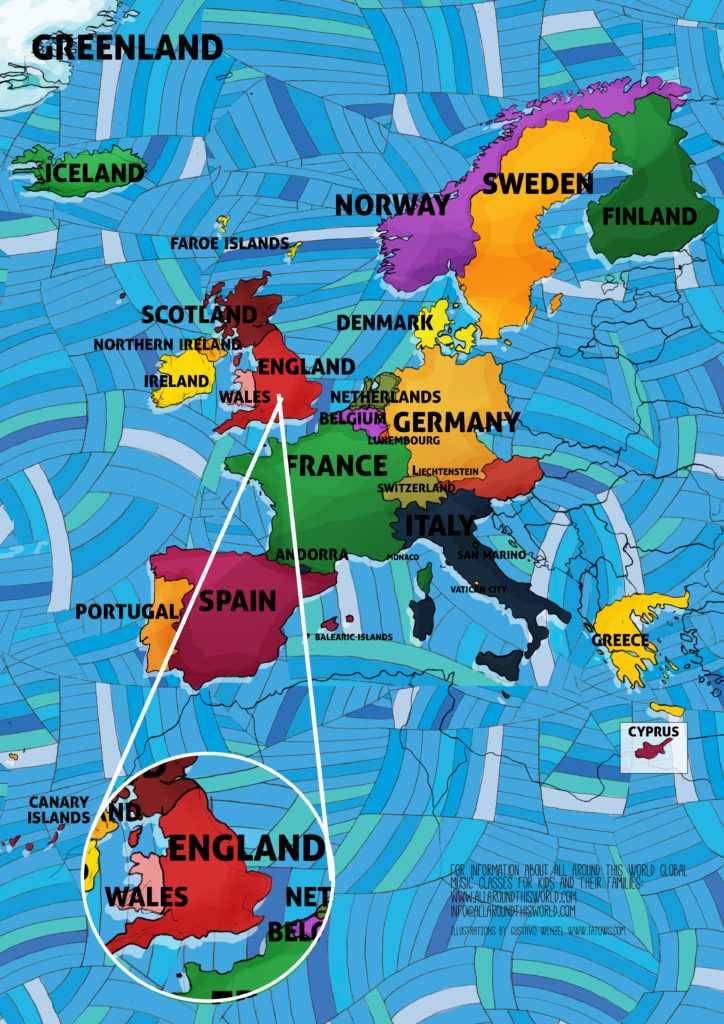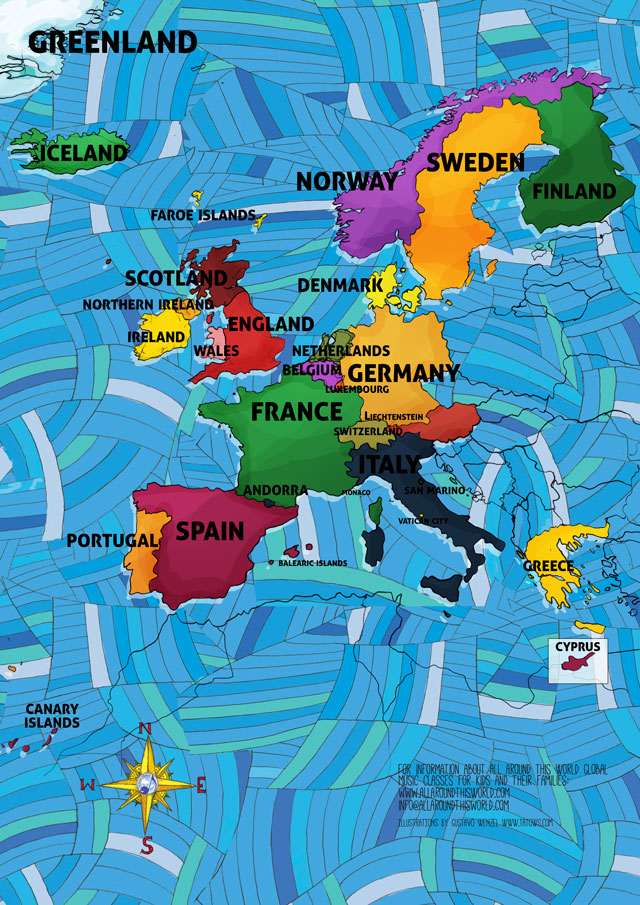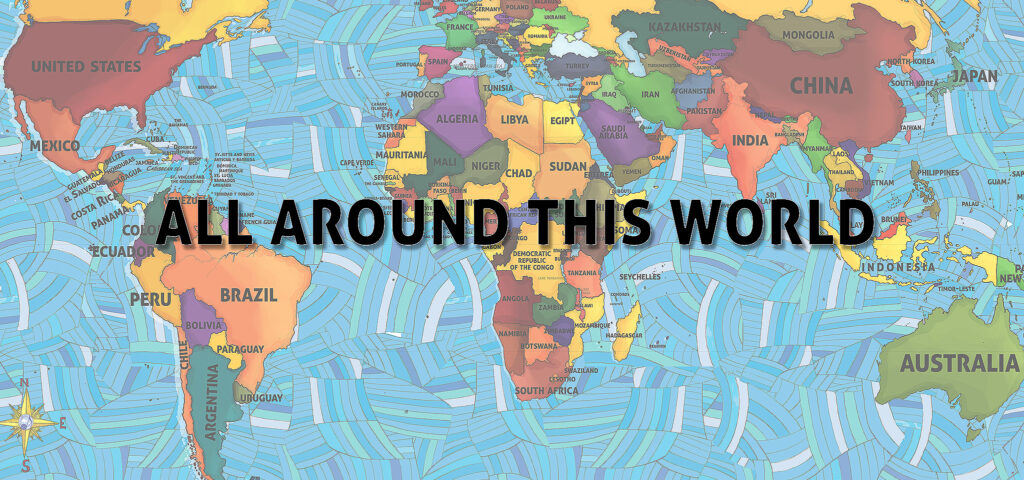The Who turned British rock — loudly! — on its ear.
This week so far we’ve focused on British folk music, noting its transformation toward rock. Embodied by the band The Who as early as the mid-‘1960s, there could be no question that ROCK in England was real, and all timid folk best get out of the way. Watch this instrument-smashing video of the band performing “My Generation” live in 1967. Somehow in this clip Keith Moon is the last man standing.
Ten years, later, when they didn’t destroy their instruments, as we see in this video, they were still pretty darned great:



